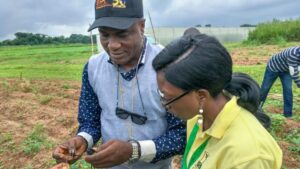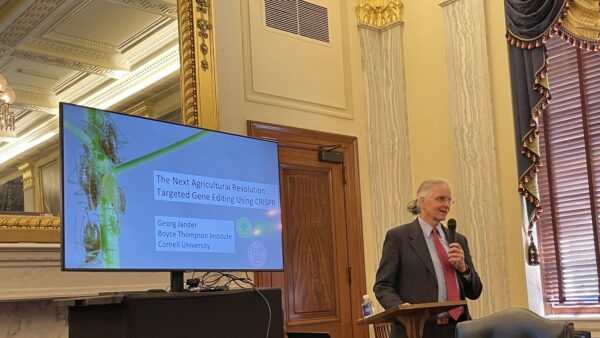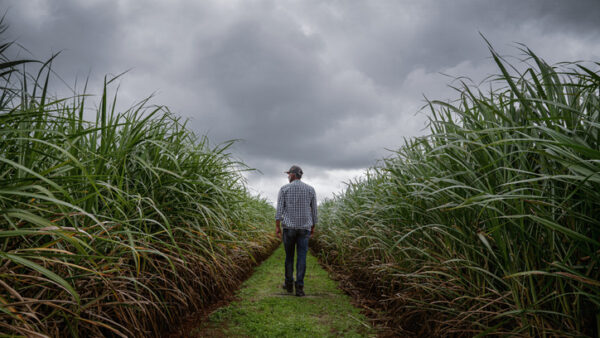Burgeoning populations make high-yielding harvests more crucial than ever for securing the global food supply. At the same time, agriculture faces the challenge of cultivating land sustainably in times of increasingly scarce resources.
Developing resilient plants with improved tolerance to heat, cold and other abiotic environmental factors is an important part of mastering this challenge. In particular long dry periods, as the world is experiencing more and more in the summer, will continue to increase due to climate change. The issue of drought plays a correspondingly significant role in plant breeding with plant breeders striving to gain a deeper understanding of the stages of development in which plants experience stress, how long the impact from the stress lasts and what form it takes. To make decisions about breeding and to sustainably advance development of drought-tolerant varieties, seed specialist KWS unites modern breeding methods with digital technologies.
Extensive research on drought stress
Out in the field, technological support has become a mainstay for precisely, automatically and more quickly recording plant traits. Images of fields or parcels of land, for example, are captured from the ground and from the air with the gathered data making it possible to draw conclusions for breeding programs. In order to improve research into the complex trait of drought stress under controlled conditions, robots, cameras and artificial intelligence are now increasingly moving into the protected area of the greenhouse. There, researchers are working on a sophisticated system for phenotyping corn and sugarbeet plants to address a particularly acute issue: A lack of water causes diminished plant development, over even stops it entirely. This leads to substantial yield losses for farmers.
PhenoFactory makes the water content of plants visible
In a KWS greenhouse, a wide range of plant varieties with the latest genetics from many different test series are being driven in a PhenoFactory by robots that never stop moving — 24 hours a day, 365 days a year. The core component of the PhenoFactory is a kind of photo box with special cameras inside that record the plants’ visible traits: shape, size, weight. This allows the breeders to analyze the plant’s water consumption in detail – an important clue in the search for drought-tolerant varieties.The technology enables researchers to collect data around the clock and draw early conclusions for breeding plants before the variety are tested in field trials. That enhances breeding progress.
ClimaCONTROL3: New grain corn variety with improved drought tolerance









